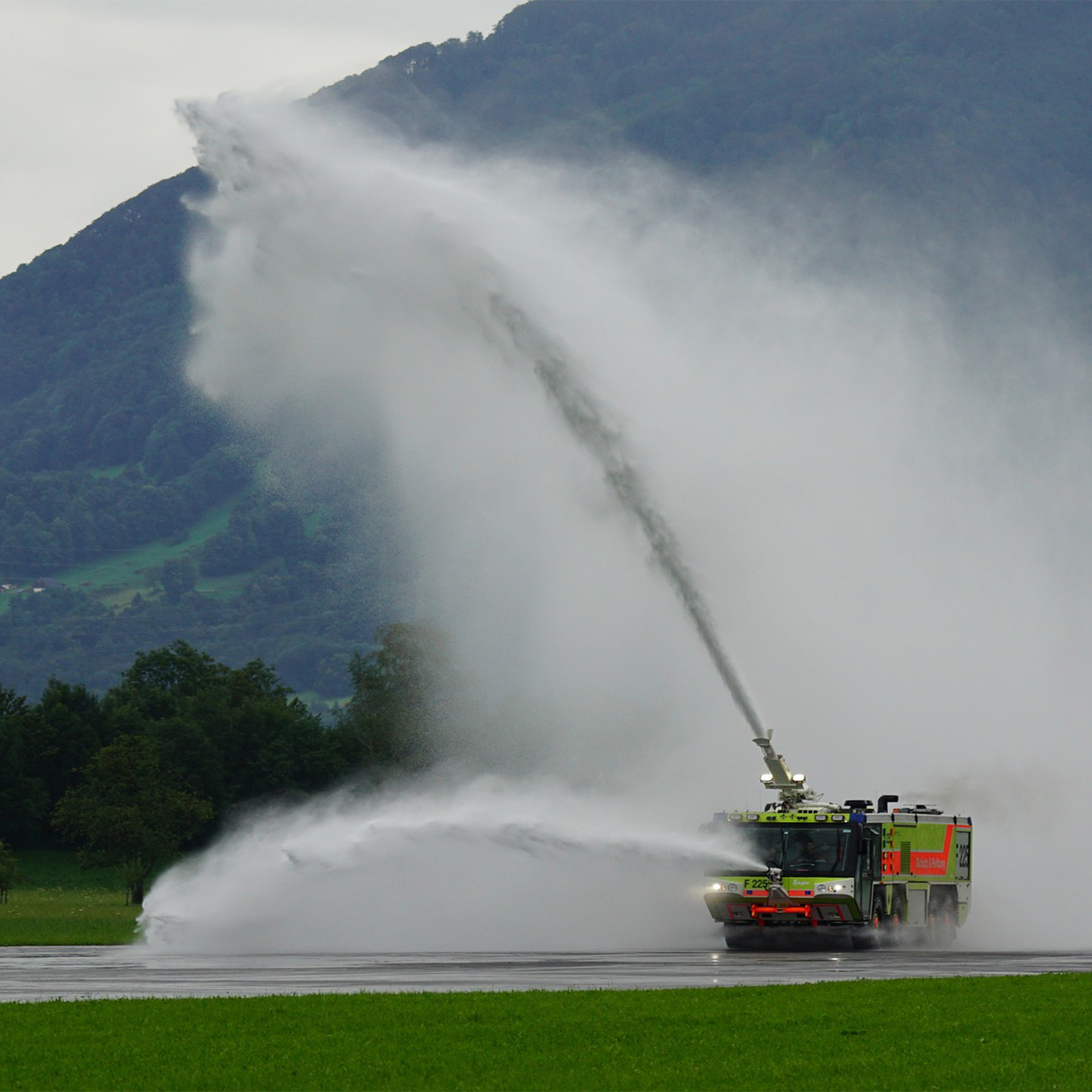Use of Foam in Fire Fighting Applications

Flammable liquid accidents and hazardous vapour risks have become a frequent occurrence lately. Today, fire hazards are more complex and frequent owing to more automation, more infrastructures, and more wires. From industrial accidents to minor electrical mishaps may lead to highly disastrous and dangerous flammable liquid or hazardous vapour incident. Situations like this call for cutting-edge innovations in fire protection. One such innovation is fire-fighting foam.
Fire fighting foam is a collection of bubbles, formed by the mixing of water, foam concentrate (or foam compound) and air. The mixture of water and foam concentrate is called foam solution with water being 97% to 94% of the mixture, while 3% to 6% is the foam concentrate. The foam solution is mixed with air, the ratio of which can vary from 1:2 to over 1:1000 depending upon the type of foam equipment used and its application.
Fire fighting foam being lighter than water can float on flammable liquid (while water sinks below the liquid surface), hence is very effective in fighting flammable liquid (Class B) fires. It can also be used to cover flammable liquid spills and prevent fires. With higher expansion ratios (more than 1:500) it is also used to fight Class A fires, where it results in minimal water damage. Different methods are employed for mixing the foam concentrate into the water stream. Most commonly used methods include – Inline foam inductor (portable or fixed), Jet Ratio Controller unit, around the pump proportioner, Bladder tank proportioning, Balanced Pressure proportioning, etc.
Fire fighting foam is classified into three categories basis the expansion ratio. Use of these foams also varies with various applications, consequently.
- Low expansion foam: expansion ratio from 1:2 to 1:20 (most commonly used between 1:3 to 1:10, useful for flammable liquid fires)
- Medium expansion foam : expansion ratio from 1:21 to 1:200 (most commonly used between 1:30 to 1:60, useful for tackling spills/ spill fires)
- High expansion foam : expansion ratio from 1:201 to 1:2000 (most commonly used between 1:400 to 1:1500, useful in Class A and LNG applications
Quality of fire fighting foam produced by Foam equipment depends upon certain factors such as the quality of Foam concentrate, its proper induction in the water stream and mixing of foam solution with air (aeration). As foam equipment is designed for induction and aeration rates at a certain working pressure, it is important to ensure that the equipment is operated at or within the specified pressure range. Operation of the foam equipment at pressure that varies greatly from the working pressure can result in ineffective performance of the equipment (it may also be noted that working pressure normally refers to pressure at the inlet of the equipment, not the line or pump room pressure).
Foam equipment is also designed for use with a specific type of foam concentrate/s. Optimum performance of the equipment can be obtained only when used with recommended foam concentrates.
When installing Foam monitors, following must be ensured –
- Height of the monitor is not more than 3 m from grade level (for monitors where induction occurs at the monitor nozzle i.e. using pick up tube or hose)
- The mounting arrangement is suitable to the back thrust from the monitor.
- Ensure that the mating flange of the hydrant post is matching to the valve inlet flange
- Use approved gasket between flanges, and good quality nuts/ bolts.
- Ensure that full rotation of the monitor is possible, and the height of the monitor hand-wheels is at proper height for operator use.